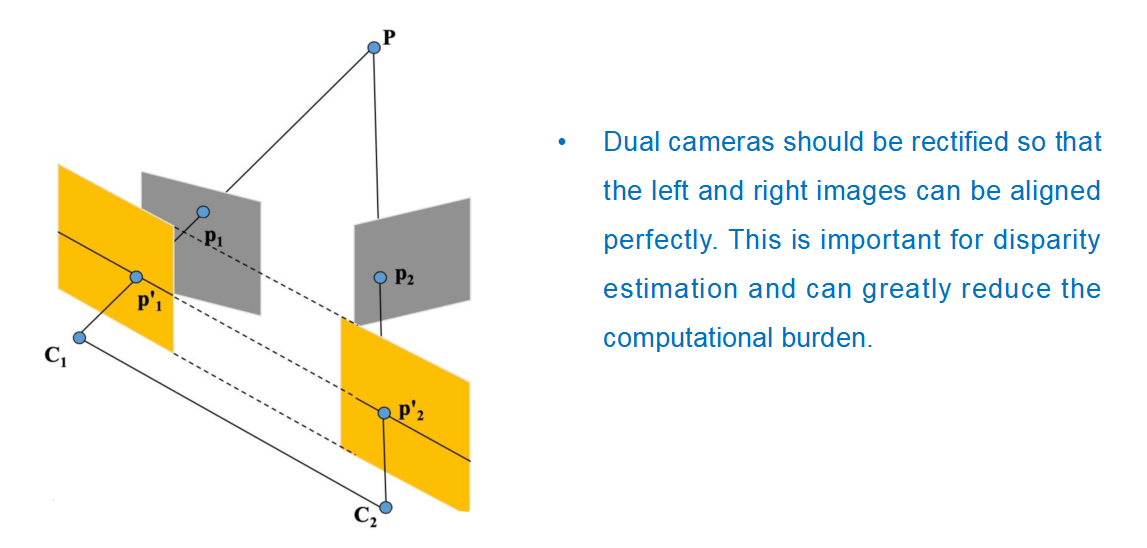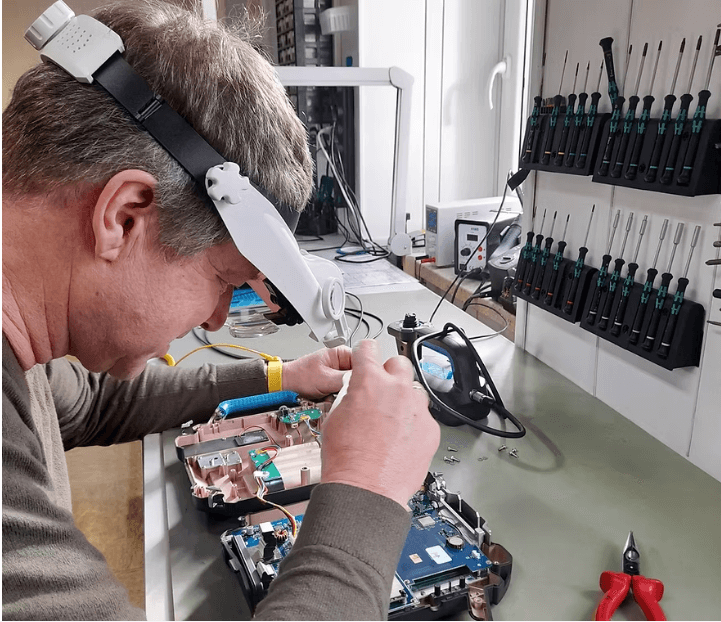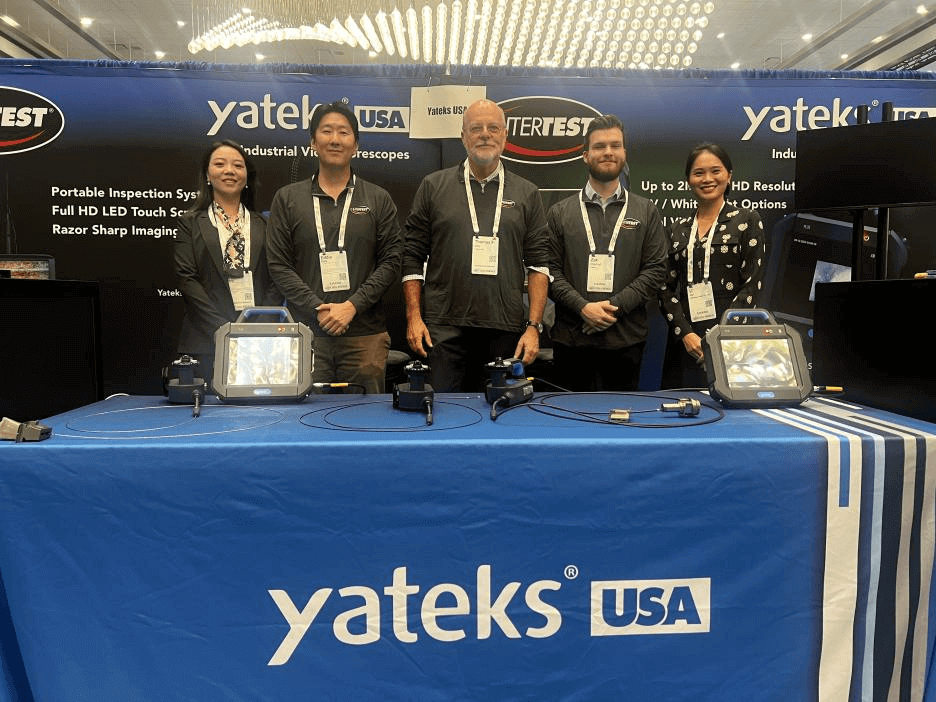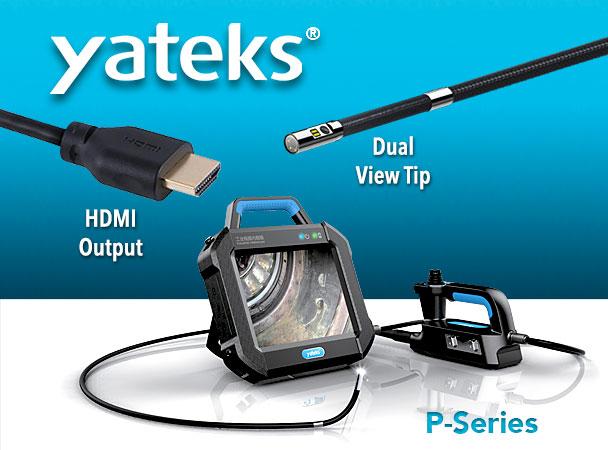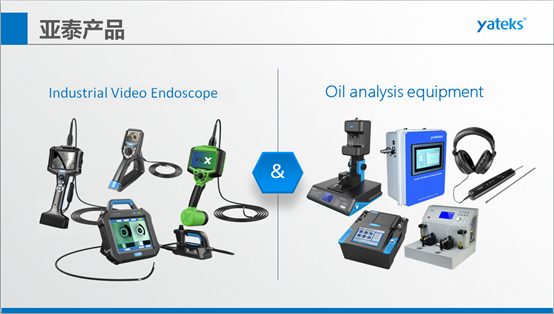With the continuous development of modern manufacturing technology, industrial endoscopes have become small and light. It is suitable for working in complex environments such as the field. People use industrial endoscopes to detect industrial production processes and equipment maintenance processes increasingly. The primary purpose of industrial endoscopes is to detect industrial instruments and equipment. Today, I will talk about the working principle of industrial endoscopes.
The detection principle of industrial endoscope
The industrial endoscope comprises three parts: cold light source, optical fiber tube, and fiber optic endoscope.
The cold light source contains a variable voltage, a voltage regulating device, a cooling fan, a metal iodine tungsten lamp, a reflector coated with hard light material, and a set of lenses. When you turned on the power, the metal iodine tungsten lamp lights up. And you can adjust its luminous intensity through the voltage regulator.
The cold light reflector reflects cold light onto a set of lenses. And after the lenses are in focus, the light reaches the light guide hole.
The parts of the industrial endoscope are an eyepiece, an objective lens, and a light guide tube. The image transmission beam and light guide beam in the light guide tube are very precise. They include tens of thousands of fine glass fibers. Firstly, the optical fiber hose transmits the light emitted by the light source to the endoscope. And then the light reaches the observation part inside the machine through the light guide. The objective lens installed on the head of the light guide tube. It transmits the geometric shape and color inside the device to the eyepiece. This works on the basis of the image beam and magnifies the image.
The detection method of industrial endoscope
Visual inspection (VT), radiographic inspection (RT), ultrasonic inspection (UT), magnetic particle inspection (MT) and liquid penetration inspection (PT). Other non-destructive testing methods: eddy current testing (ET), acoustic emission testing (AT), thermal imaging/infrared (TIR), leak testing (LT), alternating field measurement technology (ACFMT), magnetic flux leakage testing (MFL), far-field testing Detection method (RFT) and so on.
Industrial endoscope detection range
- Inspection of weld surface defects. Check the welding quality of weld surface cracks, lack of penetration, and weld leakage.
- Inner cavity inspection. Check surface cracks, peeling, pull lines, scratches, pits, bumps, spots, corrosion, and other defects.
- Status check. When certain products (such as worm gear pumps, engines, etc.) work, perform endoscopic inspection according to the items specified in the technical requirements.
- Assembly inspection. When there are requirements and needs, use industrial video endoscopes to check the assembly quality. The first step is to complete the assembly or the particular process. The second step is to check whether the assembly position of each component meets the requirements of drawings or technical conditions. Finally, whether there are assembly defects.
- Surplus inspection. Check the residual internal crumbs and foreign objects in the inner cavity of the product.
Due to its unique size design, the industrial endoscope allows us to efficiently and accurately observe the object’s internal surface structure or working state. In the meantime, we would not destroy the object’s surface
Non-destructive testing requires the use of industrial endoscopes as testing tools. In order to meet industrial complex use environments, we design the product professionally. Endoscope inspection is a kind of inspection technology that has gradually been widely used with the development of endoscope manufacturing technology. According to the manufacturing process characteristics, we generally divide industrial endoscopes into three types: optical rigid tube mirrors, fiber optic mirrors, and video mirrors.
Application of endoscope
Industrial endoscopes are suitable for inspecting and observing high temperature, toxicity, nuclear radiation, and places that the human eye cannot directly follow. It can detect automobiles, aero engines, pipelines, mechanical parts, etc., without disassembly or destruction of assembly and equipment. Non-destructive testing can be realized when the operation is stopped. On the other hand, industrial endoscopes can also be connected with cameras, video cameras, or electronic computers to form photographic, video, and image processing systems to monitor, record, store and map the field of view targets. Image analysis provides a good guarantee for diagnosis and treatment.
Shenzhen Yateks Co., Ltd is a national high-tech enterprise integrating R&D, production, and sales. Since its establishment nearly 20 years ago, the company has been committed to developing and producing equipment fault diagnosis and condition monitoring technology products. Our products can meet the continuous and long-life operation needs of modern enterprises. Combined with developing relevant oil monitoring technologies at home and abroad, Yates has developed a series of oil monitoring products, industrial endoscopes, oil analyzers, etc., and currently has 25 invention patents. Many of the product technologies are the first at home and abroad. At present, Yateks series products have been exported to more than 30 countries and regions at home and overseas, and the product quality and service have won unanimous praise from new and old customers!

